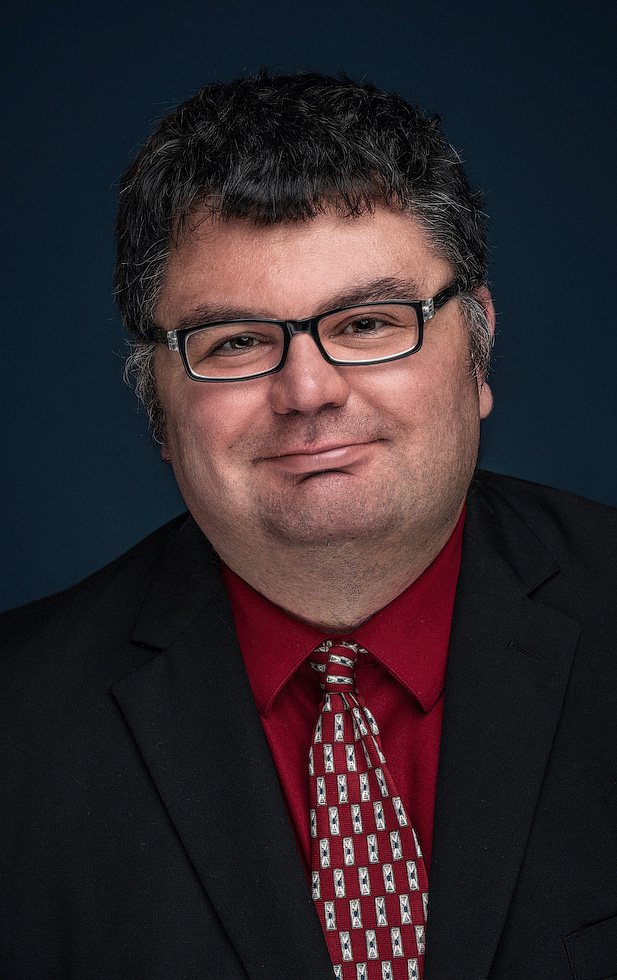This post originally appeared at https://will-law.org/rising-truancy-numbers-highlight-grave-concerns-for-policymakers/
Wisconsin kids are skipping class at an alarmingly high rate, here’s how Wisconsin matches up with the rest of the country
The News: The Wisconsin Institute for Law & Liberty released “Truancy Troubles: Chronic Absenteeism in the Badger State,” a new report which investigates truancy trends in the Bader states. From several years of truancy data collected from school districts across the state, this study’s findings show the number of kids missing school is on the rise in Wisconsin, doubling from 10% in 2012 to 20% today.
The Quote: WILL Research Director, Will Flanders, PhD, stated, “Since the pandemic, chronic absenteeism has skyrocketed in Wisconsin and across the country. The lack of classroom attendance is setting the stage for economically and socially depressed communities to continue to struggle for generations to come. With our research, parents, schools, and policymakers can come together to change this trajectory and support Wisconsin students better.”
Why It Matters: Since the COVID-19 pandemic, there has been a growing trend across the nation of students being absent from school. Wisconsin mirrors these national trends, and there are blind spots and areas for particular concern.
When a student misses significant amounts of school, the effect on their intellectual and social development can be dramatic—including lower math scores, worse reading outcomes, and even harming their mental health. Wisconsin students deserve better.
Key Findings:
- Chronic Absenteeism in Wisconsin has more than doubled since 2012. About 10% of students were chronically absent in 2012 compared to more than 20% today.
- Wisconsin is middle-of-the-pack when it comes to rates of chronic absenteeism. The state ranks 24th overall in the rate of chronic absenteeism. Top performing states included Texas, Iowa, Montana, and Virginia.
- Low-performing districts have some of the highest absenteeism rates. Beloit, Racine, and Milwaukee are among the districts with the lowest Forward Exam proficiency, but highest absenteeism.
- Some municipalities don’t have local ordinances for truancy. Of the fifty principal municipalities containing districts with the highest truancy rates, we found no local ordinance for truancy in 14 of them.
- Making schools safer is a key to increasing attendance. When students don’t feel safe in school, they are less likely to attend. Replacing “woke” discipline policies with policies that protect students and teachers is a key to fixing absenteeism.
Additional Context: In August, Speaker Robin Vos announced a bi-partisan Speaker’s Taskforce on Truancy. The task force was tasked with “examining the relationship between truancy and student academic success, evaluating the current practices to hold parents and schools accountable for student attendance, and increasing awareness and resources, ensuring every child has access to quality education and a promising future.” The task force is chaired by Representative Amy Binsfeld (R-Sheboygan) and has met twice to date.
Our Call To Action: Some might argue that the power of schools and school districts to ensure students come to class is quite limited. Research shows more can be done to improve attendance rates.
- School districts can educate parents on the importance of education. Students who fall behind early in subjects like reading are often never able to catch back up. Therefore, a campaign focused on making parents aware of how critical early education is could prove beneficial.
- Districts can increase student safety. A dangerous school may lead to higher rates of absenteeism. Moving away from softer discipline policies and returning resource officers to schools where needed could improve not only safety but also attendance.
Dig Deeper:

Will Flanders, PHD
Research Director
Flanders@will-law.org

Lauren Greuel
Associate Counsel
Lauren@will-law.org
The post Rising Truancy Numbers Highlight Grave Concerns for Policymakers appeared first on Wisconsin Institute for Law & Liberty.